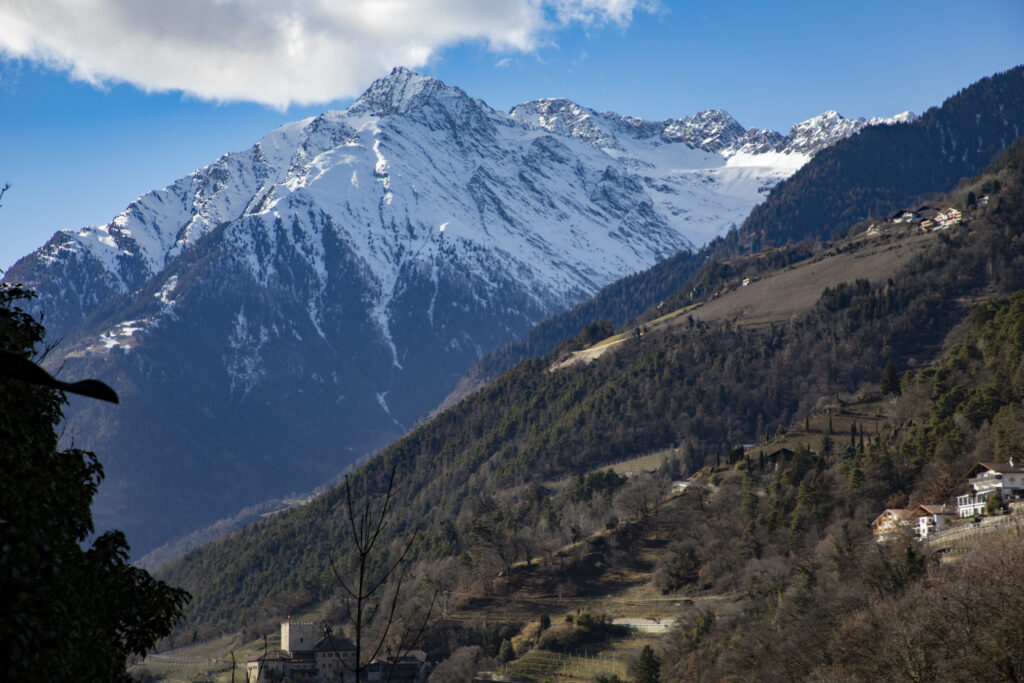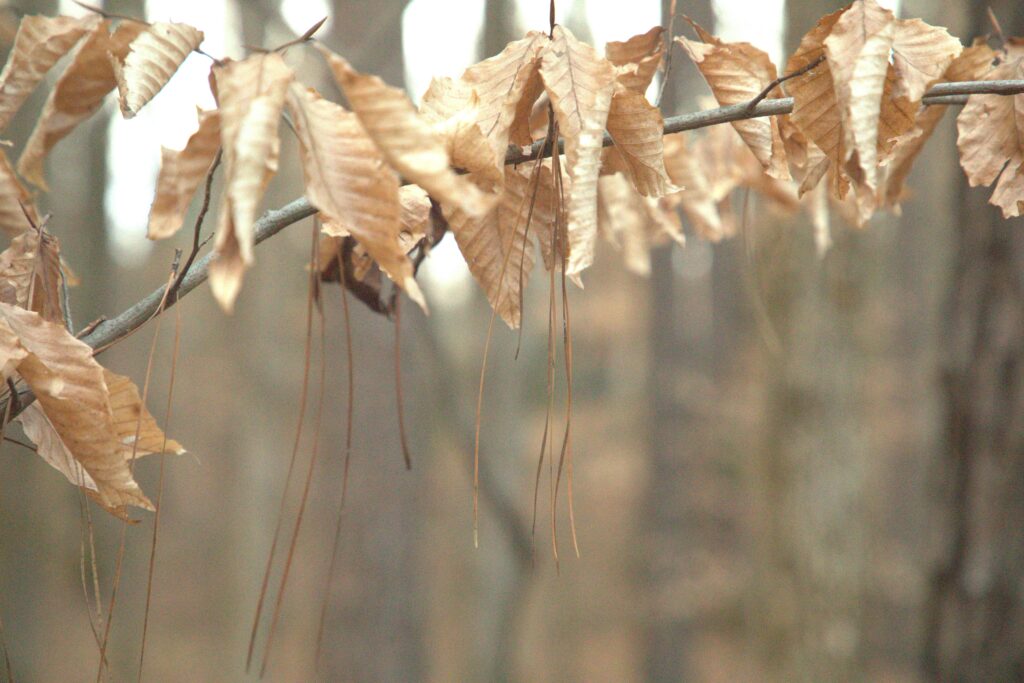I spent about a month living on the blissful slopes of the Vinschgau valley my Freshman year before COVID-19 made Northern Italy a global hotspot and ended my trip early. One of the classes I took while I lived and learned at Brunnenburg castle focused on the human relationship to the land and farming, specifically in difficult conditions. In the Italian alps, the lack of flat land meant that farmers had to craft their entire lives around mitigating steepness. Their tools, techniques and even crops were different from those found in the flatter farms to the south.
My biggest takeaway from that class was that things as simple as slopes can have exponentially enormous effects on how a piece of land is engaged with by its human and nonhuman inhabitants.
The Loblolly stand, unlike Brunnenburg’s vineyards, is exceedingly flat. This flatness, too, informs how the stand is engaged with. The rest of the Guilford woods roll gently, with a few sharper inclines and drops in the northwestern section. It is because of this flatness that the Loblolly stand even exists at all. Land is much easier to farm on when it is flat, so the Loblolly stand made an ideal location for farming some 70 years ago.
When the Quaker settlers that first came to Guilford county in the 18th century, I wonder if they had any idea the path that the land they farmed on would take. Alternatively, I wonder if the people indigenous to the Greensboro area knew that the farms and fields would eventually cede to forests.
In Italy, pines were the dominant species in most of the alpine forests I visited. These were towering, branchy, stately trees that refused to sway in the wind. Their canopies were dense and allowed less light to the ground than many of the forests I’ve been in. They had owned the slopes for centuries and showed little sign of yielding.

Because of the flatness of their habitat, it seems as though the Loblolly behave differently than their Italian cousins. The Loblolly do not need to fear erosion to the degree that the Italian pines do, nor do they have to hold on to a steep slope. They can sway in the wind without fear of falling off the mountain. Their trunks are more slender, and, unlike other pine species, the Loblolly are a bit top-heavy.
Because of their comfortable environment, the Loblolly are afforded certain privileges that aren’t granted to trees in less hospitable conditions. Their needles behave differently, too. The Loblolly drop long, triumvirate clusters that get caught on the branches of saplings and hang like ornaments. The Larch and Spruce that grow in Italy have much shorter needles that fall straight to the ground. I’ve come to really love the ornamentation that the Loblolly leave; it’s an endearing interaction with the other trees in their environment.

Flatness is a defining feature of the Loblolly, and I believe it is a major influence on their appearance and behavior. In outdoors circles, I feel like huge mountains and sweeping vistas often get a lot of love, but I have really come to appreciate the perfectness of a flat, forested piece of land. It imbues just as much sublime quality, even if it is not as obvious as an alpine peak.